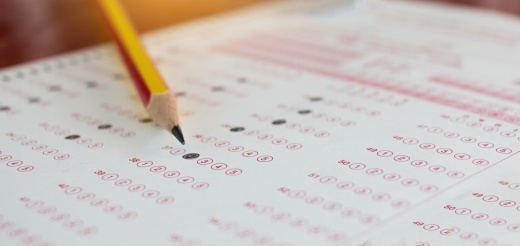Statewide, the STAAR results show a 4% decline in the percentage of students reading at or above grade level from 2019 and a 15% decline in Texas students doing math at or above grade level, declines largely attributed to learning loss from the coronavirus pandemic. Statewide results also show decreases in subjects such as social studies, biology and history.
A higher percentage of KISD students were approaching grade level in all subjects in both spring 2019 and spring 2021 when compared to the statewide average. Still, KISD assessment results dipped slightly across most subject areas between the two years, results show.
Among the most notable declines in performance for KISD students was in seventh-grade math. In 2019, 81% of students were approaching grade level, but in 2021, 66% of students were approaching grade level, according to the results. The district also saw a more notable drop in the number of students who were approaching grade level in fourth grade math. In the spring of 2019, 86% were approaching grade level, whereas only 78% were approaching grade level in 2021.
In a statement, KISD said high teacher quality and dedication and robust academic support systems minimized the impact of the pandemic on STAAR outcomes.
“As we prepare for the 2021-22 school year, a number of proactive measures and practices aimed at individualized needs such as tutorials, innovative scheduling, curricular adjustments and social and emotional supports have been put into place to address any unfinished learning,” the district said.
During a June 28 press conference, TEA Commissioner Mike Morath said the performance decline statewide is noticeable and undoubtedly tied to the COVID-19 pandemic.
“This was not a year like any normal year that our students have had to face, that our teachers have had to face. The impact of coronavirus on what school means and what school is has been profound. And unfortunately, the impact that the broader conditions of the coronavirus have had on schools in Texas and what ... will likely be throughout the United States is significant,” he said.
Mirroring the statewide trends, reading scores for KISD students had less significant decreases than math scores between 2019 and 2021. For example, 89% of students were approaching grade level for fifth-grade reading in 2019, and 88% of students were approaching grade level in 2021.
Statewide, the number of students approaching grade level in English courses improved between spring 2019 and spring 2021, a trend also seen in KISD's scores. In English I, 84% of KISD students were approaching grade level in spring 2019, and 87% of students were approaching grade level in spring 2021.
Overall, the STAAR results highlight the support infrastructure needed to address learning loss and emphasize the important role of recently passed legislation during the 87th Texas legislative session, the TEA said in a June 28 press release.





